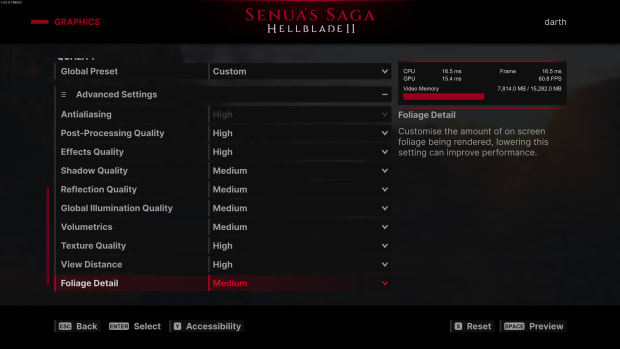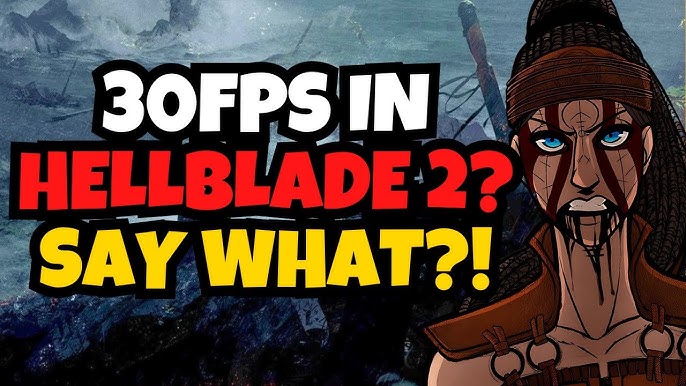Hellblade II at 30 FPS: Artistic Triumph or PC Gaming Travesty?
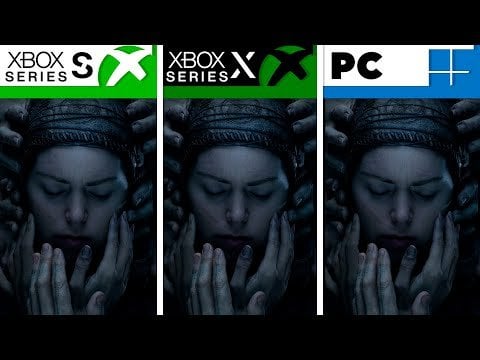
Hellblade II: Senua's Saga has arrived, unleashing a visual spectacle that pushes the boundaries of what’s possible in real-time rendering. Yet, for PC gamers, a shadow hangs over this triumph: a 30 FPS frame rate cap. Is this a justifiable artistic choice, or a frustrating limitation that undermines the potential of high-end hardware? Let's delve into the controversy, dissecting the technical implications and exploring whether the game's visual brilliance truly necessitates this constraint.
The 30 FPS Lock: A Technical Deep Dive
The decision to cap Hellblade II at 30 FPS on PC has sparked considerable debate. On one hand, it ensures a consistent visual experience across a wider range of hardware configurations. On the other, it leaves many PC enthusiasts with powerful rigs feeling shortchanged, especially when compared to the higher frame rates achievable in other graphically demanding titles.
The technical implications are significant. A lower frame rate inherently means a less responsive experience. Input lag, the delay between a player's action and its manifestation on screen, is more pronounced at 30 FPS than at 60 FPS or higher. This can impact gameplay, especially in action sequences where timing is crucial. Furthermore, the perceived smoothness of motion is reduced, which can be particularly noticeable during camera movements and fast-paced action.
YouTube channels like Hardware Unboxed and Gamers Nexus have provided invaluable technical analyses of Hellblade II's PC performance. They've highlighted the impact of the 30 FPS cap on input lag and motion clarity, and explored potential workarounds and graphical settings tweaks to improve the overall experience. While some graphical settings can be adjusted, the frame rate remains stubbornly locked. As both channels have demonstrated, even powerful hardware is unable to push the game significantly beyond this limit without external modifications.
Hellblade II vs. the Titans: Cyberpunk 2077 and Red Dead Redemption 2
To understand the controversy, it's crucial to compare Hellblade II's performance and graphical demands to other visually stunning and demanding titles like Cyberpunk 2077 (post-Phantom Liberty update) and Red Dead Redemption 2. These games, while also pushing the boundaries of graphical fidelity, offer much greater flexibility in terms of frame rates on PC.
Cyberpunk 2077, with its ray tracing and dense urban environments, can be incredibly demanding. However, with optimized settings and DLSS (Deep Learning Super Sampling), players can achieve smooth frame rates even on mid-range hardware. Red Dead Redemption 2, similarly, offers a wide range of graphical settings that allow players to tailor the experience to their specific hardware capabilities.
The key difference lies in the optimization approach. Cyberpunk 2077 and Red Dead Redemption 2 were designed with scalability in mind, allowing players to prioritize either visual fidelity or performance. Hellblade II, on the other hand, appears to prioritize a specific visual target at the expense of performance scalability.

The Art of the Matter: Justifying the Performance Constraints
The core argument in favor of the 30 FPS cap revolves around artistic direction. Ninja Theory, the developers of Hellblade II, have stated that they aimed for a cinematic experience, and that the 30 FPS frame rate helps achieve this vision. The question then becomes: does the artistic direction truly justify the performance constraints?
Hellblade II is undeniably a visual masterpiece. The lighting in the coastal scenes is breathtaking, casting long shadows and creating a sense of atmosphere. The textures of Senua's face and clothing in close-up shots are incredibly detailed, conveying her emotional state with remarkable clarity. The environmental detail of the Icelandic landscapes is stunning, with realistic rock formations, vegetation, and weather effects.
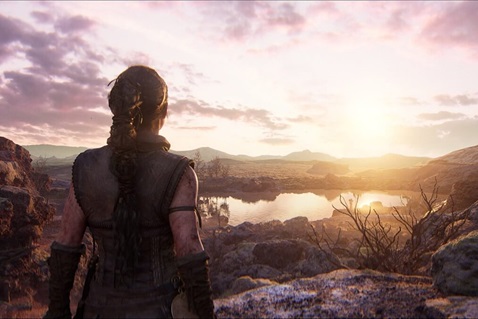
However, it's debatable whether achieving higher framerates would significantly detract from the intended visual experience. While a lower frame rate can indeed create a more cinematic feel, it can also come at the expense of gameplay responsiveness and overall enjoyment. For many PC gamers, the ability to run the game at 60 FPS or higher, with increased smoothness and reduced input lag, would be a more desirable trade-off.
The effectiveness of motion blur in masking the low frame rate is also a key consideration. While motion blur can help smooth out the visual experience, it can also introduce unwanted artifacts and blurriness, especially during fast-paced action. It becomes a balancing act, trying to minimize the negative effects of the 30 FPS cap without sacrificing visual clarity.
The Verdict: Disappointment or Acceptable Compromise?
Ultimately, the decision to cap Hellblade II at 30 FPS on PC is a controversial one. While the game is undeniably a visual tour de force, the performance constraints limit its appeal to a significant portion of the PC gaming community.
For those with high-end systems, the inability to unlock the frame rate and experience the game at its full potential is a disappointment. The potential for a smoother, more responsive experience is undeniable, and the decision to prioritize a specific visual target at the expense of performance scalability feels like a missed opportunity.
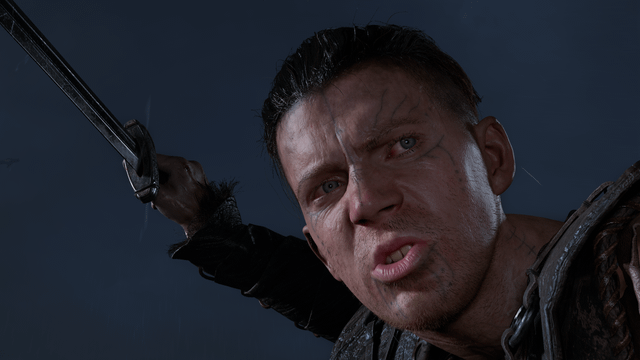
However, it's also important to acknowledge the artistic vision behind the decision. Ninja Theory clearly aimed to create a specific type of experience, and the 30 FPS cap may be integral to achieving that vision. For some players, the visual fidelity and atmospheric immersion will outweigh the performance limitations.
Whether the 30 FPS cap is a justifiable artistic choice or a disappointing limitation ultimately comes down to personal preference. However, it's a decision that has sparked considerable debate, and one that highlights the ongoing tension between visual fidelity and performance in PC gaming. Hopefully, future updates or community-created mods will offer players more flexibility in tailoring the Hellblade II experience to their individual preferences and hardware capabilities.


